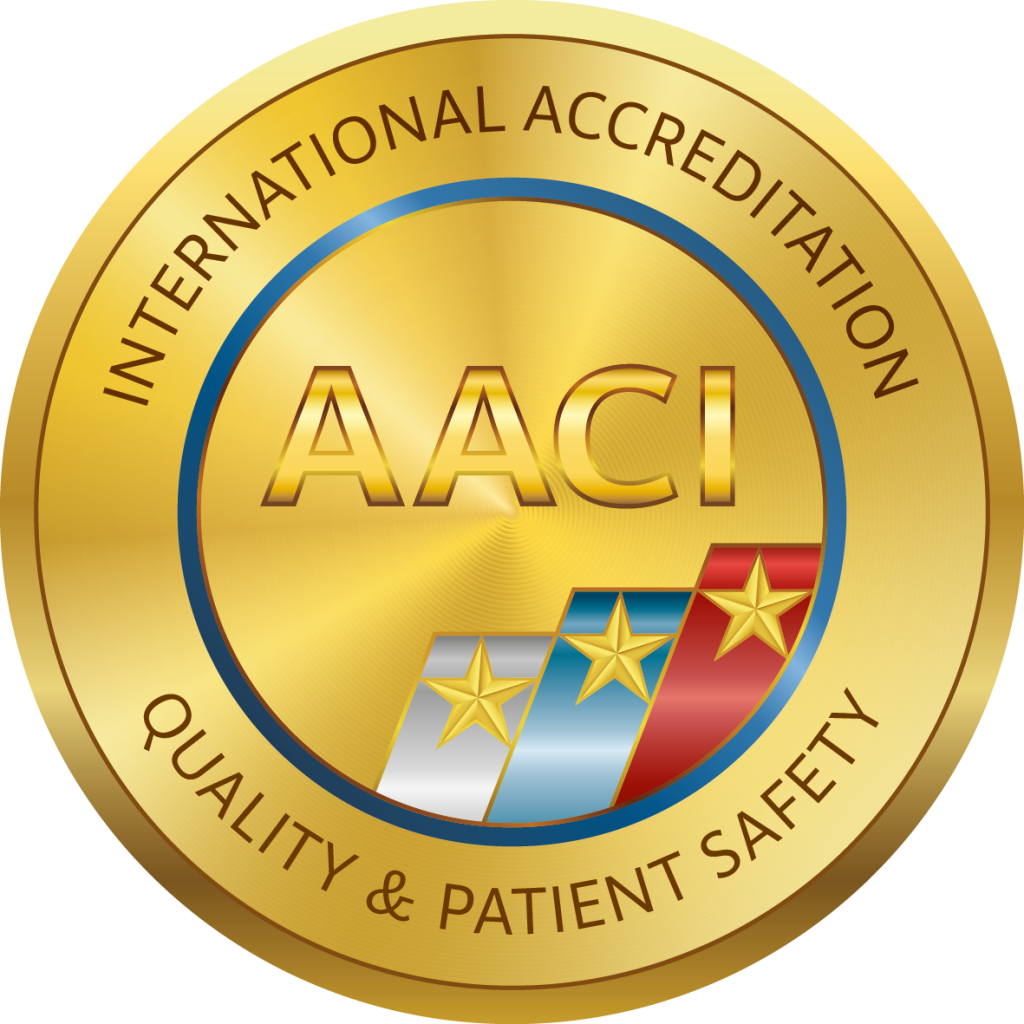Interstitial Lung Diseases (ILD) are a group of disorders, that cause progressive scarring (fibrosis) of lung tissue and affect the interstitium – the tissue space around the alveoli (the smallest lung structures, where gas exchange occurs) . The scarring makes it difficult for the lungs to contract and supply blood with oxygen. In children, this group of diseases is called Childhood interstitial lung disease (chILD).
There are many contributing factors. The main ones are environmental and occupational factors. Polluted air and certain industrial substances (heavy metals, chlorine vapor, ammonium, manure, sugar dust) cause the most damage to lung tissue. Other causes include viral, bacterial, parasitic and fungal infections, certain types of diseases (lupus, rheumatoid arthritis, sarcoidosis ) and medications (psychiatric, cardiac, antibiotics ). In some cases, the disease is congenital.
Interstitial lung diseases, primarily, manifest with similar symptoms. These include: dry cough, shortness of breath, fatigue and general weakness, rapid or labored breathing, tightness in fingers and toes. As the disease progresses, breathlessness becomes more severe and occurs even during minor physical activities – dressing, talking and eating. Wheezing, chest pain, and deformation of fingers and nails are also typical.
Iashvili Children’s Central Hospital has extensive experience in diagnosing and treating interstitial lung diseases. Our clinic is the only one in the country that provides comprehensive inpatient management of complications from these diseases in pediatric patients. Common complications include pulmonary hypertension, which causes damage to pulmonary arteries. Additionally, right-sided heart failure, also known as cor pulmonale, chronic respiratory failure and others may occur.
Diagnostic tools include instrumental examinations. Among them – radiography, computed tomography, spirometry and bronchoscopy. Treatment is planned according to needs and includes both medication and therapeutic procedures (oxygen therapy, breathing exercises, physical activity).
There is no effective cure for these diseases. The goal of treatment is to slow down or stop the progression of lung damage. Generally, treatment choice depends on the type of disease and its underlying causes.

